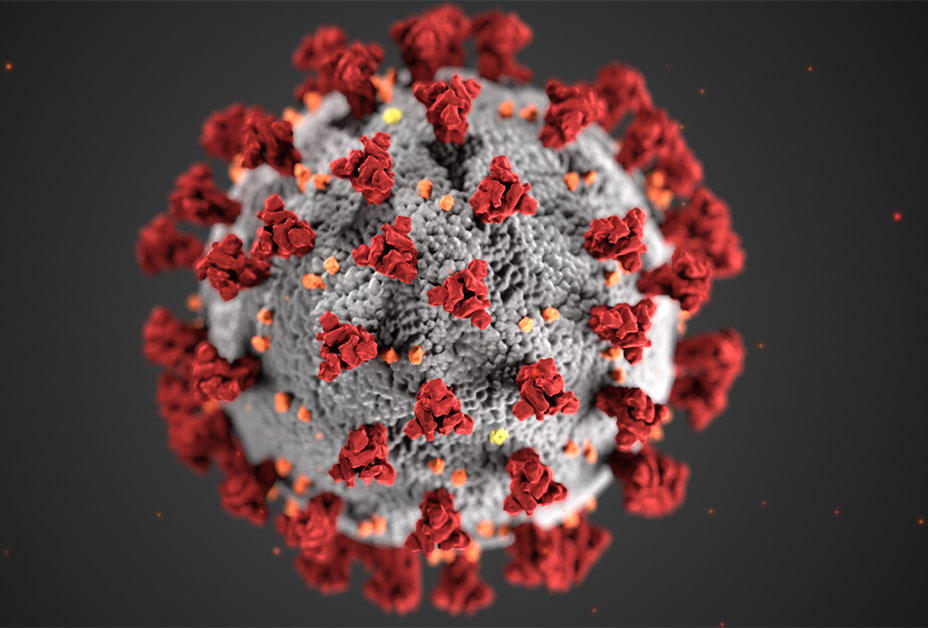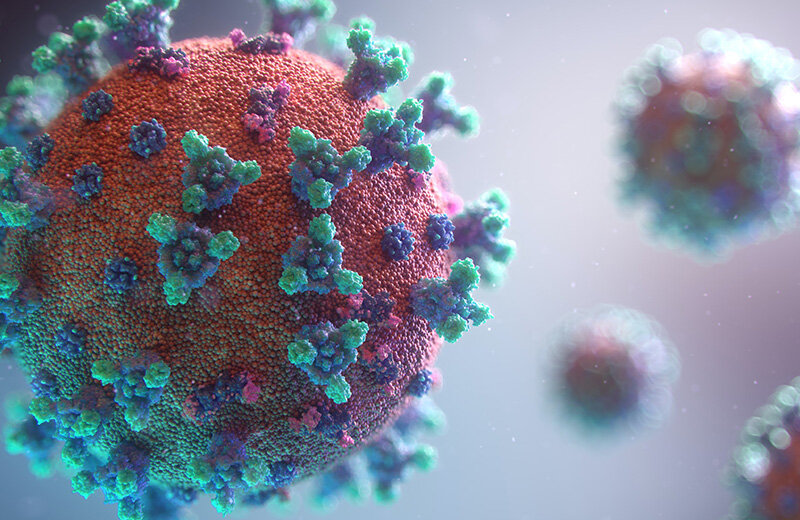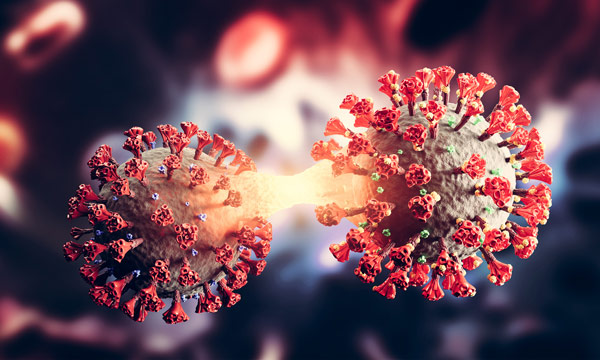"REsearch from scientists show that new mutations in omicron could cause another spike in cases"
kai vejsada - 7th grade
Through the last few years, the sickness known as the Corona Virus has been plaguing the world. Every time we thought it was safe, a new variant or mutation of the virus emerged. A mutation is a change in the genetic instructions for duplication. Some mutations decrease certain aspects of a virus and some increase, for example, a change in the virus’s genome could cause more spike protein to be produced which in turn when the mutated virus goes out to find a host cell. The virus will have an easier time infecting and taking control of the cell.
According to Yale Medicine, Alpha was first to emerge in the United Kingdom in December 2020, and was designated as a variant of concern. Alpha contains several mutations that are distinct from the original Wuhan strain. The Wuhan strain is the original genome code without any mutations. Some variations include an N501y mutation which improves spike protein binding to cellular receptors, making the virus more contagious. Spike protein is what gives the virus long spike-like protrusions on the surface of the virus.
According to the same source, next came Beta, also in December 2020. Beta is thought to be 50% more transmissible, as well as having mutation K417N, which causes the variant to be more adept at avoiding the neutralizing antibodies that appear after you have received a vaccine or have been infected before, which significantly increases the risk of being infected again. The current vaccines render this variant much less deadly.
According to the same source, next came Beta, also in December 2020. Beta is thought to be 50% more transmissible, as well as having mutation K417N, which causes the variant to be more adept at avoiding the neutralizing antibodies that appear after you have received a vaccine or have been infected before, which significantly increases the risk of being infected again. The current vaccines render this variant much less deadly.
According to Yale, Gamma was first detected in Brazil and was recognized as a variant of concern in January 2021. Like other variants of concern, the virus contains mutations E484k, N501Y, and D614G. It also contains a K417T, which is associated with increased binding to human cells which may make the virus easier to spread. Gamma was 1.7 to 2.4 times more transmissible than non-variants of concern. Today's vaccines work well against gamma.
Yale said that Delta was first detected in India in May 2021. The Delta variant contains mutation D614G as well as some not seen in previous variants. Some include L452R which increases infection probability and helps the virus escape destruction from immunity cells. Delta also contains T478K which helps the virus avoid detection by the immune system. So, even if you have the vaccine, the immunity cells will have a hard time finding the virus.
After a few long years of Zoom school, vaccines were finally released, and the virus and infection rates dropped fast. The world was somewhat shortly stabilized from the virus, and most people thought the pandemic was over. Omicron quickly put a stop to that.
When Omicron first emerged there was a sudden spike in cases. Omicron contained new mutations that the previous variants had not contained. While Omicron had a much higher infection rate, the original variant was much more docile than its predecessors. BA.2.75 and BA.5. BA.2.75 and BA.5 are significantly more harmful than their original counterparts. These two subvariants are responsible for the current pandemic but signs show that new subvariants might be taking the mantle soon.
A new subvariant, XBB is emerging. XBB was first detected in Singapore and is spreading fast. The new subvariant is the result of genetic material swapping between BA.275 and BA.2.10.1. XBB has 14 more mutations in its spike gene than BA.2. Another subvariant to watch out for is BQ.1. Though BQ.1 is not on WHO’s (World Health Organization) variants of concern, it has a mutation that helps it evade existing immunity, this could prove to be problematic in the future. XBB has already infected 2.9 million people and scientists estimate that the variant has already hospitalized 95,000. If XBB and BQ.1 continue to spread like they are now, we can expect another wave after the new year.
As always keep masking in large groups and continue to update your vaccine shots. New variants continue to emerge and adapt so we will have to as well.




